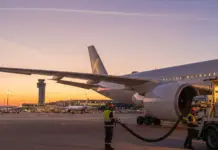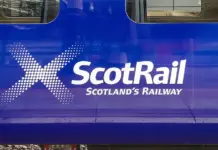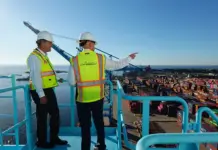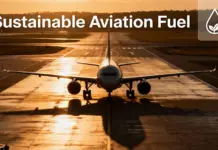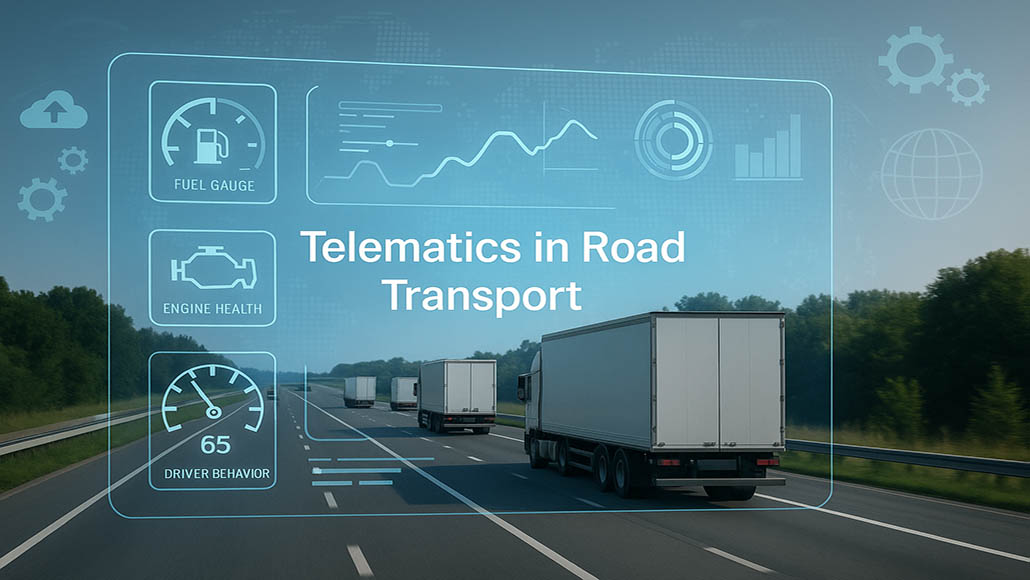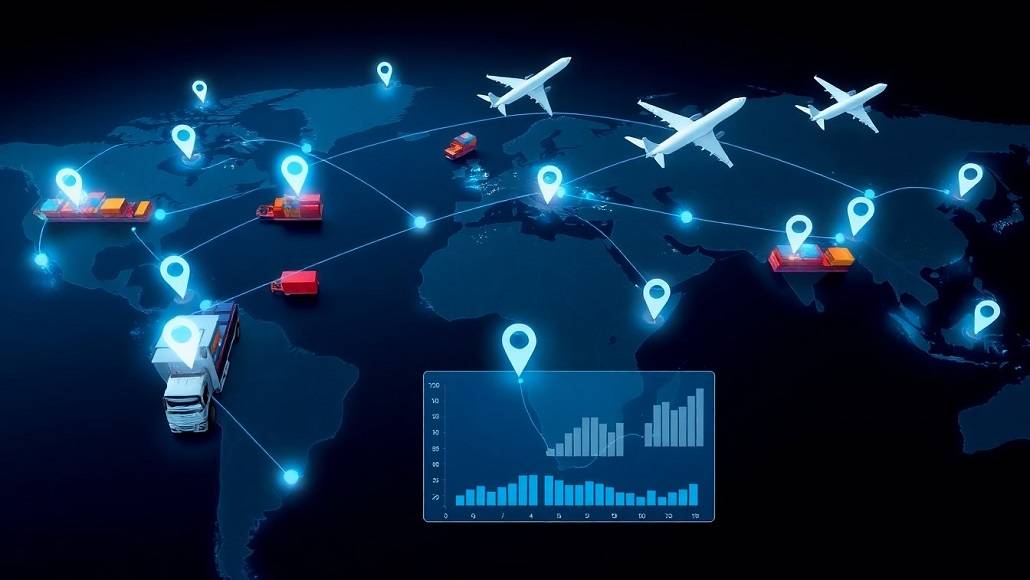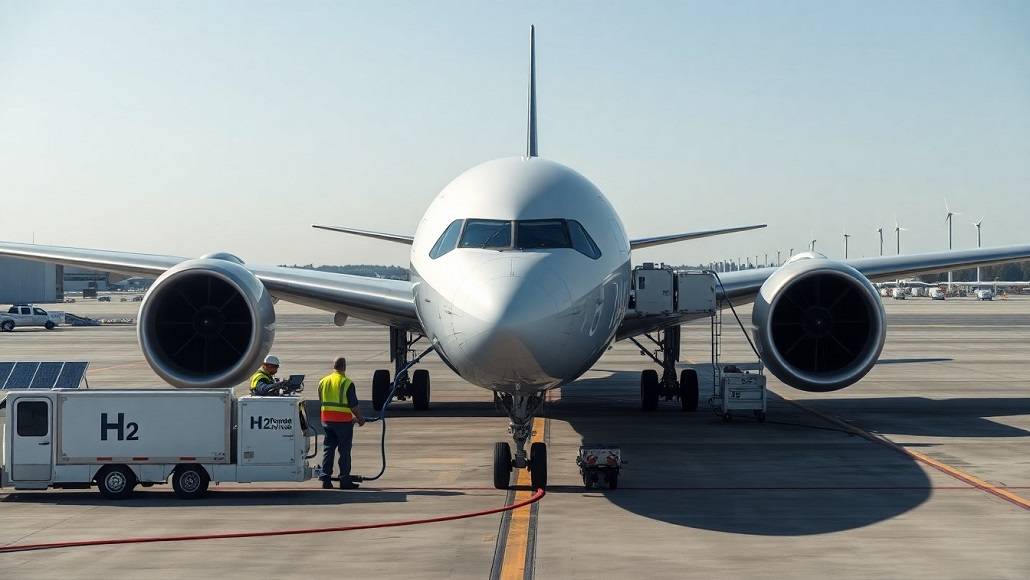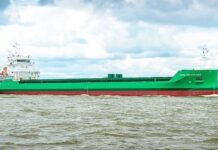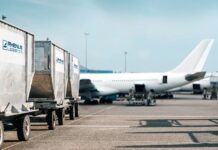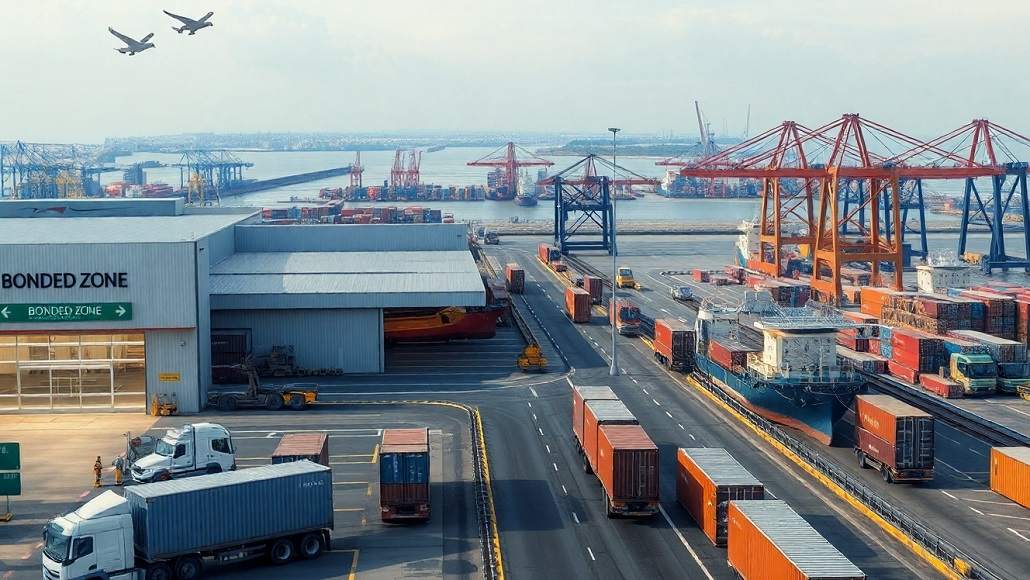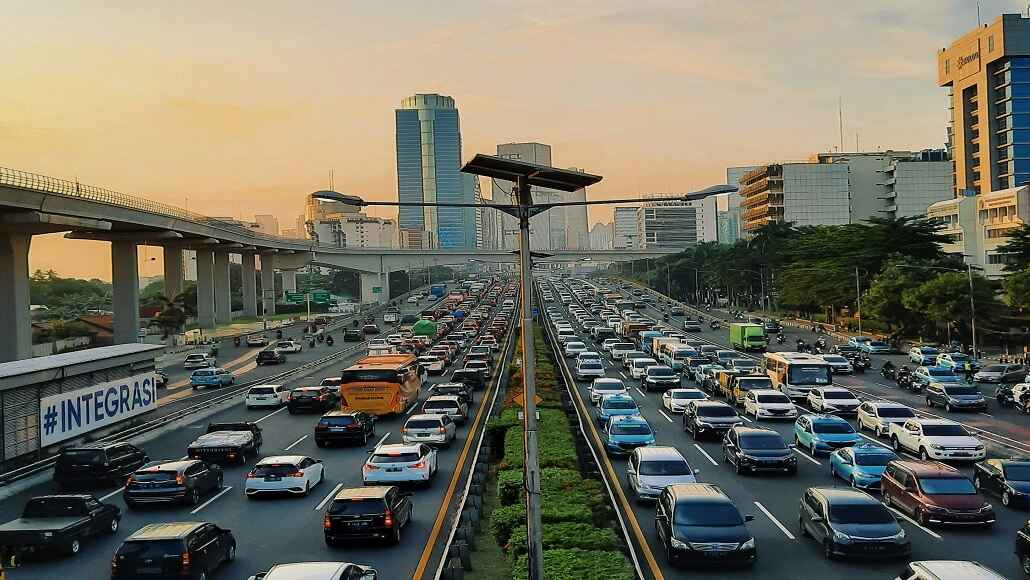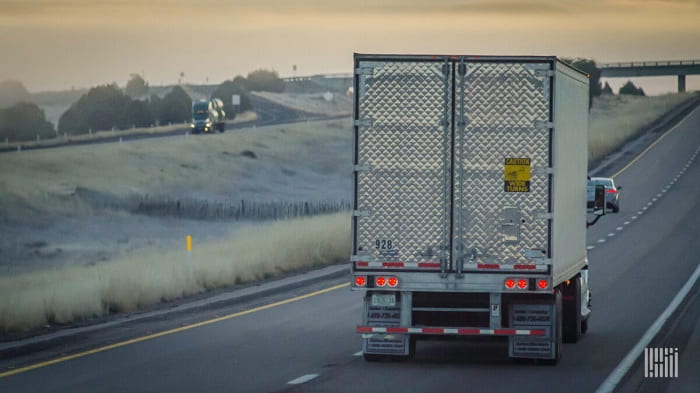Over the last two years, logistics and transport businesses have had to deal with a storm of market turmoil, labour shortages, and other pandemic-related disruptions. Many shippers, 3PLs, and forwarders have adopted new technology in order to adapt to the shifting landscape. For good reason, transparency tools are one of the most in-demand products in the market. When companies have real-time access to the location and status of their shipments, they can respond promptly to concerns, manage risks, and safeguard their bottom lines.
The importance of optimised distribution networks has never been greater, yet many present systems have not been designed to handle the kind of uncertainty that businesses will face in 2022. Despite the fact that visibility solutions are becoming more popular, gaining end-to-end transparency can still be difficult due to the industry’s continuous reliance on outdated systems, data silos, and the supply chain’s general complexity.
There is no shortage of supply chain and logistics data, explains Dobrina Laleva, product marketing manager of a mapping, location data, and automotive services company. Although, extracting value from a mountain of data remains a challenge. Companies are forging alliances in greater numbers than ever before to govern their data, optimise the end-to-end supply chain, and pivot fast to meet rising customer demands.
The present lack of transparency that many businesses are experiencing leads to ETAs, including day operations, being unpredictable. Organizations can improve their visibility, give precise ETAs, and stay ahead of the curve by collaborating with next-generation visibility solution providers. According to Laleva, firms may run thousands of simulations to enhance planning and predict interruptions during execution using rich sets of data and strong partnerships. Firms can successfully manage operations by acquiring these insights and the capacity to react to changing situations in real time, enhancing efficiency and profitability.
Managing fleet operations is difficult; adjusting to changing status in real time requires fast, accurate information on the fleet’s activities, present status, and future goals. Making these plans in the first place requires precise information on the vehicles and workforce, as well as the jobs one must do, according to Laleva. It takes flexibility, quickness, and intelligent decision-making to stay ahead of consumer expectations. Managing all this while dealing with rising prices and declining earnings may appear to be an overwhelming task.
The obstacles are formidable. Fortunately, location information may assist firms in streamlining their operations now while also preparing for future demands. Transparency is the first step. It’s not just about saving money and time when it comes to location intelligence. Reliable, end-to-end visibility solutions can also help companies achieve other goals, such as popular sustainability objectives.
For example, there are certain businesses that announced CO2 Insights, a new commercial fleet analytics tool that predicts greenhouse gas emissions per route based on factors like vehicle and type of fuel, traffic patterns, and the physical traits of road networks, like terrain, curvature, hillside, and altitude. Using this data, the programme suggests the commercial vehicle with the most suited engine, be it diesel, electric, biogas, or hydrogen, for each given route that produces the least carbon dioxide. CO2 Insights is ultimately intended to assist the industry in moving towards carbon-neutral commercial vehicles. This technology is well positioned to support the aspirations of many organisations who have made sustainability commitments in the last year.
T&L participants can also take advantage of such advanced capabilities and solutions, including asset and cargo tracking, warehousing and yard administration, forecast ETA estimates, sophisticated tour planning abilities, and an end-to-end last mile service.




